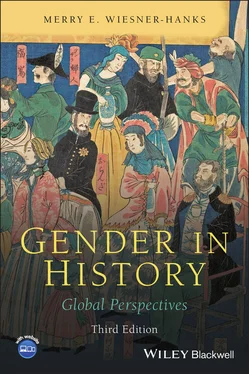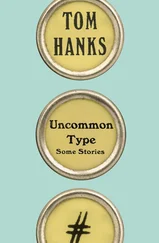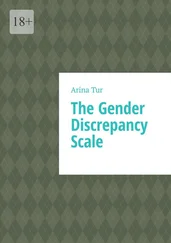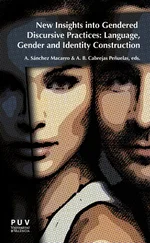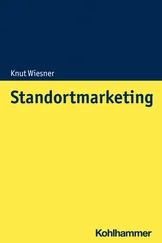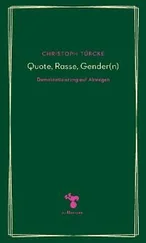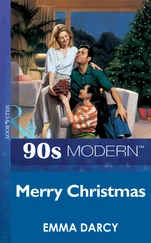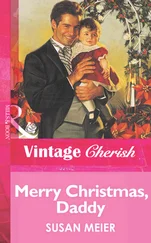Even before the 1960s, Black left feminists such as Louise Thompson Patterson wrote about the “triple exploitation” of race, gender, and class. Feminists of color analyzed what Fran Beal of the Third World Women’s Alliance termed the “double jeopardy” of being both Black and female. In 1977, the Black lesbian feminist Combahee River Collective asserted in a statement mostly written by Barbara Smith: “We are actively committed to struggling against racial, sexual, heterosexual and class oppression, and see as our particular task the development of integrated analysis and practice based on the fact that the major systems of oppression are interlocking. The synthesis of these oppressions creates the conditions of our lives.” 2In 1989, the critical race theorist and feminist legal scholar Kimberlé Crenshaw called this synthesis of oppression “intersectionality,” a concept and word that slowly spread into other academic fields.
Just as gender had earlier, intersectionality moved from academia and feminist activism into ordinary speech. By the 2010s it had itself become a category of identity, with people using “intersectional feminist” to describe themselves on their blogs, Facebook pages, protest signs, T-shirts, and Twitter or Tumblr posts. Many sport a quotation from Flavia Dzodan, a writer who lives and works in Amsterdam, taken from her 2011 blog post on Tiger Beatdown : “My feminism will be intersectional or it will be bullshit.” “Patriarchy” has returned on some of those signs as well: On Wednesdays We Smash the Patriarchy; Destroy the Patriarchy, Not the Planet.
Along with moving from academia into popular culture, the concept of intersectionality has also become increasingly dynamic and global, analyzing (and critiquing) structures of power and oppression that arise from a variety of situations. Scholars have not simply used social groupings drawn from the Western past and present, but have elaborated social categories taken from local understandings as well. To Smith’s Big Four (race, class, gender, and sexuality), scholars have added religion, age grades, ethnicity, and other factors as key social structures operating in the societies they study, past and present. They have also subtracted one or more of the Big Four, arguing, for example, that gender as it is understood in the West was not an important category of analysis or oppression in many sub-Saharan African societies. Sometimes this analysis has been explicitly intersectional – that is, situating itself theoretically within the development of the concept – but more often it has been implicitly so, investigating the ways in which two or more of these social systems operate together in the shaping of individual and group experience, but not necessarily describing this as intersectional.
Debates within women’s, gender, and sexuality history in the late twentieth and early twenty-first century were both a reflection and cause of broader debates about the methods and function of history itself. Historians have long recognized that documents and other types of evidence are produced by individuals or groups with particular interests that consciously and unconsciously shape the content of such sources. During the 1980s, some historians began to assert that because historical sources always present a biased and partial picture, we can never fully determine what happened or why; to try to do so is foolish or misguided. What historians should do instead is to analyze the written and visual materials of the past – what is often termed “discourse” – to determine the way various things are “represented” in them and their possible meanings. This heightened interest in discourse among historians, usually labeled the “linguistic/cultural turn,” drew on the ideas of literary and linguistic theory – often loosely termed “deconstruction” or “poststructuralism” – about the power of language. Language is so powerful, argued some theorists, that it determines, rather than simply describes, our understanding of the world; knowledge is passed down through language, and knowledge is power.
This emphasis on the relationship of knowledge to power, and on the power of language, made poststructuralism attractive to feminist scholars in many disciplines, who themselves already emphasized the ways language and other structures of knowledge excluded women. The French philosopher Michel Foucault’s insight that power comes from everywhere fit with feminist recognition that misogyny and other forces that limited women’s lives could be found in many places: in fashion magazines, fairy tales, and jokes told at work, as well as overt job discrimination and domestic violence. Historians of gender were thus prominent exponents of the linguistic turn, and many analyzed representations of women, men, the body, sexual actions, and related topics within different types of discourses.
The linguistic/cultural turn – which happened in other fields along with history – elicited harsh responses from other historians, however, including many who focused on women and gender. They asserted that it denied women the ability to shape their world – what is usually termed “agency” – in both past and present by positing unchangeable linguistic structures. Wasn’t it ironic, they noted, that just as women were learning they had a history and asserting they were part of history, “history” became just a text? They wondered whether the ideas that gender – and perhaps even “women” – were simply historical constructs denied the very real oppression that many women in the past (and present) experienced. Such doubts were extended to other groups as well. If gender, sexuality, race, and other categories are all simply unstable and changing historical or social constructs, how do we understand intersectional oppression, and use this knowledge as a basis for engaged scholarship or activism? Advocates of the linguistic turn argued that their work was politically engaged because it critically examined the dynamics and cultural practices of power. Disagreements were sharp and sometimes personal, but by the 2010s, that debate seemed to have run its course. As Lynn Hunt – a powerful force in the cultural turn – commented, “most historians have simply moved on, incorporating insights from postmodern positions but not feeling obliged to take a stand on its epistemological claims.” 3
The linguistic/cultural turn was only one of many “turns” that have shaped historical scholarship on gender and influenced history as a whole over the past several decades. For example, the “spatial turn” has led scholars to more closely examine borders and their permeability, connections and interactions, frontiers, actual and imagined spatial crossings, migration and displacement, and the natural and built environment. They have argued that space is both a geopolitical formation and a way of perceiving, producing, and organizing knowledge, and as such is deeply gendered. The “emotional turn” has led historians to seek to understand the changing meanings and consequences of emotional concepts, expression, and regulation. They have studied norms and standards that societies and groups maintained toward emotions, investigated anger, sadness, jealousy, desire, and other specific emotions, and looked at the interplay between emotions and other aspects of society. The “material turn” has brought a greater emphasis on material culture along with written texts as sources of historical knowledge. Material culture studies, an interdisciplinary field with roots in art history, archaeology, anthropology, and history, is both a method by which one can evaluate and analyze objects and a theory able to assess the role of objects and the relationships between things and people in the creation and transformation of society and culture. It was originally mainly androcentric, and either oblivious or hostile to using gender as a category of analysis, but the critiques and research of feminist art historians, archaeologists, and historians have begun to change this.
Читать дальше
